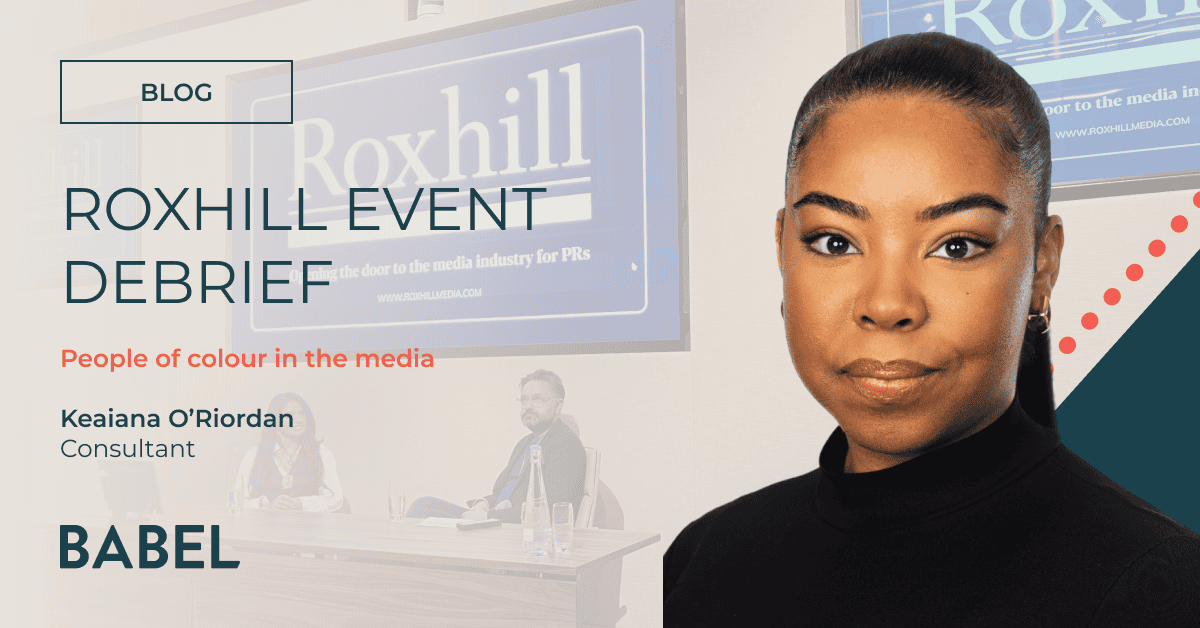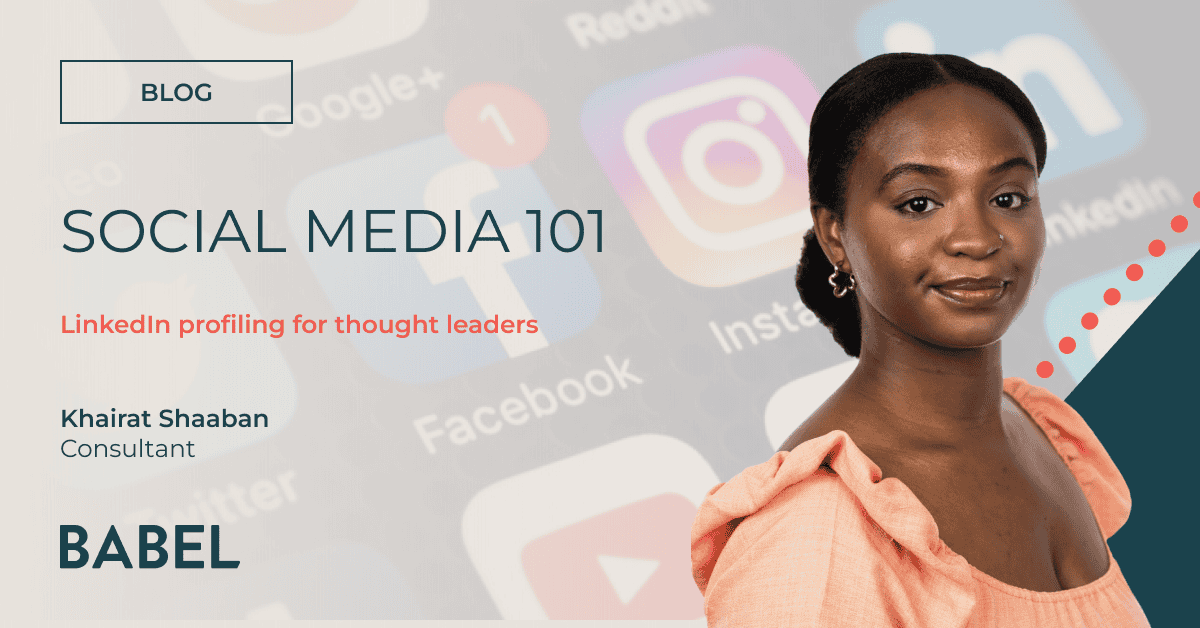CES 2015: On the cusp of the IoT
We need cooperation, not competition, to get this year’s show stopper off the ground.
Samsung CEO BK Yoon recently stole headlines at the Consumer Electronics Show (CES) when announcing Samsung’s vision of the future, the Internet of Things (IoT). Never mind that debate around the IoT has coursed through conferences for the last five years, Yoon proclaimed that Samsung’s ‘Smart Things’ subsidiary had finally created an ecosystem for the 900+ IoT enterprises present to unite behind.
Except they haven’t, and the enterprises can’t, they’ve said so.
Back in September I wrote a blog in which I warned that the industry’s push for an interoperable IoT framework risked the exact opposite – creating an Internet of Disconnected Islands. Far from an ode to cooperation, Samsung’s statement reinforces the divisions between the various alliances, consortiums and companies pushing into the space.
Qualcomm explained at CES 2011 that the IoT wasn’t working because manufacturers were designing products that could only communicate with their own applications (yes, even back in 2011). At CES 2015, Yoon restated this in Samsung’s terms: ‘People say they want to create a single operating system for the Internet of Things, but these people only work with their own devices’.
He played dumb to the fact that at the same conference Qualcomm’s ‘All Seen Alliance’ was announcing improvements to its ‘AllJoyn’ ecosystem, while Google’s ‘Nest Labs’ broadcast the growth of the IoT protocol it released last June. The influence of Apple, not formally present, could be seen in the number of companies bearing Apple’s connected ‘HomeKit’ logos. Even BlackBerry weighed in, using its reputation for security as the key selling point for its newly announced framework.
Their discourse may push cooperation, but their actions scream division.
What consumers?
The major players may have accepted the infinite possibilities of the IoT years ago, but industrial inertia has meant that consumers have not done the same.
Consumers appreciate technology when it automates, assists and improves their life. Customers don’t currently feel that they ‘need’ connected worlds – it won’t feel ground breaking if my Apple Watch works in sync with my IPhone. If my Sony Camera automatically uploads and selects relevant screensavers for my Dell PC and LG TV, however, I might take note. I would take more notice if it selected screensavers on the basis of the photos I had recently HP printed. At present such interoperability is a pipe dream, so uptake will remain low.
What next?
The IoT’s long term success relies on Big Data; allowing devices to create feedback loops with the data they produce to inform their future decisions. Start-ups building on a particular platform risk losing their data if an alternative framework becomes dominant. If their tech is incorporated by large vendors into multifunctional IoT products, or if they fold (as many will), their valuable contribution to the IoT’s beginnings may be lost.
Major companies like Qualcomm, Google, Samsung and Apple have perpetuated this risk, hoping their framework will emerge as the eventual victor. For Start Ups and SME’s that have banked on the IoT trend, continued protocol conflict could prove fatal.
It seems fitting to conclude with a comparison to wireless charging, which last week had three collectives competing to produce an interoperable standard. There are now just two, following an announcement that the Power Matters Alliance and the Alliance for Wireless power (which IoT competitors Qualcomm, Intel and Samsung are actually all members of) will merge. The Wireless Power Consortium remains outside the fold, but positive signals suggest they too may be willing to cooperate in the future; the ramifications for wireless charging and consumer uptake are huge.
One thing is for sure, the longer the IoT innovators remain in isolation the less likely it is that they will ever work together. To meet the ambitious predictions of analyst houses like Gartner, the bodies must seek resolution while momentum is high and the issue is on the agenda – or risk the IoT’s future completely.
We eagerly await CES 2016.





